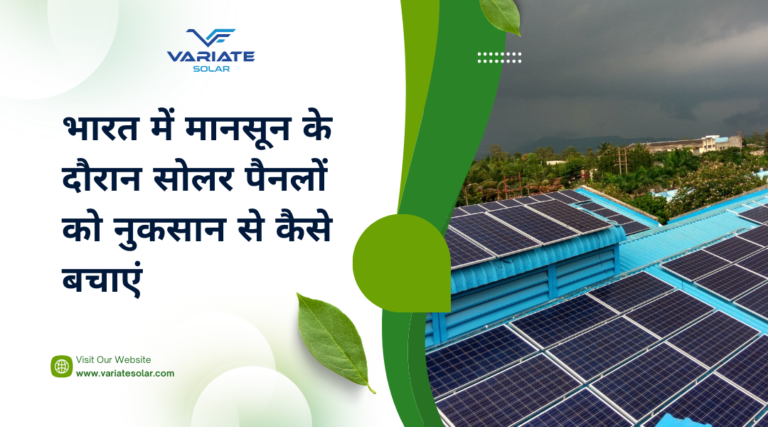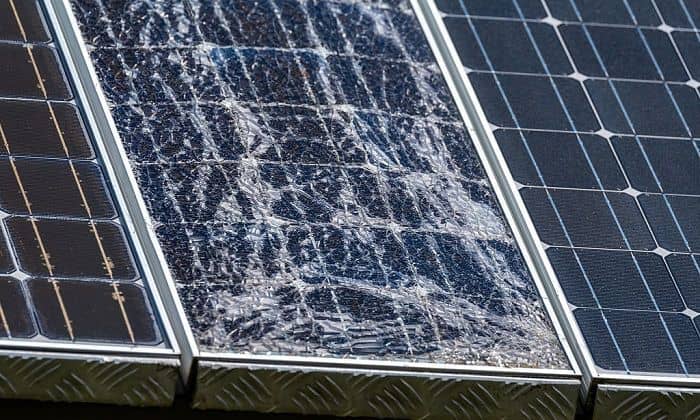How reducing energy storage costs is benefitting the renewable energy sector?
Renewable energy sector .
Renewable energy sources are becoming more and more important as the globe works to move to a sustainable and ecologically friendly future. While hydroelectric, wind, and solar energy provide clean alternatives to fossil fuels, they also come with a special problem: intermittency. There are times when the wind blows, when the sun shines, and when rivers run at a steady pace. An efficient solution is needed for this unpredictability in energy generation, and energy storage fits the bill. So, read the blog to know more:
Advantages of reducing energy storage cost for the renewable energy sector (Renewable energy sector):
Energy storage technologies are developing, and have several benefits for the renewable energy industry. These benefits include:
- Energy time-shift: The requirement for backup fossil fuel power plants can be decreased by storing and using excess energy produced during times of low demand. Battery storage steps in to capture excess solar energy during periods of peak output and release it when needed.
- Reduces the need for costly grid reinforcements: Energy storage can support the shift to a predominantly renewable-based energy system and reduce the need for costly grid reinforcements.
- Helpful in peak demand management: The electricity demand usually rises in the evenings as solar power is starting to decrease. By releasing solar energy that has been stored in batteries during peak hours, battery storage can fill this gap and lessen the need for costly and environmentally harmful peak power plants.
- Cost-effective: Solar-plus-storage systems become more financially sustainable as battery costs decline. This creates new opportunities for solar, including faraway villages and companies trying to get off the grid and save money on energy.
- Microgrid and Off-Grid Applications: Battery storage makes it possible to build off-grid and microgrid systems that run only on renewable energy sources. Remote locations or communities hoping for resilience and energy independence will especially benefit from this.

The global energy challenge
Because of the rapidly decreasing fossil fuel supplies and the environmental effects of their use, the globe confronts a serious energy crisis. Roughly 40% of carbon dioxide emissions worldwide come from the energy industry alone. We must work to use less energy in all facets of our lives to fight climate change and secure a sustainable future.
To achieve its net-zero goals, India is expanding its dependence on renewable energy, to obtain 50% of its power needs from renewable sources by 2030. Given the increasing proportion of variable and inconsistent renewable power in the overall power mix, what measures should India adopt to guarantee grid safety and dependability in power supply? Energy storage allows companies to fully realize India’s potential for clean energy through its grid balancing and renewable power optimization services.
Although the cost of battery storage is still declining, there are a lot of potential advantages for solar energy and the clean energy transition overall. We may anticipate even more solar power integration into the world’s energy mix as battery technology develops and costs come down, opening the door to a better tomorrow.
Additionally, a lot of Indian industries use generators during power outages. However, because generators are expensive to produce, these energy storage devices become more attractive choices in areas with frequent power outages.

India’s peak daily power consumption was a record 241 GW in early September 2023. India’s solar industry is vital to supplying this growing demand, particularly the vast unrealized potential of the rooftop photovoltaic sector. By March 2026, the Indian government hopes to have constructed 40 GW of rooftop photovoltaics (RTPV) capacity.
High levels of end-user adoption of variable renewable energy sources would present difficulties, including mismatched supply and demand and grid flexibility/stability, which might result in outages and stability issues. Combining RTPV with an energy storage system (ESS) might help resolve these problems with the electrical grid.
In addition to meeting a customer’s energy demands, a networked solar and behind-the-meter (BTM) energy storage system connected to a utility’s distribution network can lower power costs, function as a backup during grid outages, and offer DISCOMs grid services.(Renewable energy sector)
Advantages for Consumers
Installing RTPV with BTM ESS enables customers to cut their dependency on pricey power plants and save up to 75% on their electricity costs. When BTM storage is combined with RTPV systems, backup power is guaranteed during grid outages. A far more affordable power backup option than diesel generators (INR 16–18/kWh) includes BTM ESS with RTPV (INR 11/kWh).
With a recent change to the Electricity Rules, 2020, the Ministry of Power proposed the implementation of ToD for all users by 2025. Additionally, BTM customers may benefit from this effort. Rather than having one rate applied all day, the ToD tariff specifies varying prices for energy usage at different times of the day. The peak and off-peak states of the grid as well as related costs will be taken into account when determining TOD rates.
Traditionally, to meet the higher demands during on-peak hours, utilities had increased capacity. This raises the real-time price of power provision, which can be compensated by raising the ToD tariff rates. ToD rates might encourage residential, commercial, and industrial users to grow their BTM PV and ESS output to partially meet demand and lessen dependency on the electrical grid.
Conclusion (Renewable energy sector)
You can consult Variate Solar for more information about how you can contribute to the renewable energy sector. We aim to make our environment clean and green and a better place to live. (Renewable energy sector)







